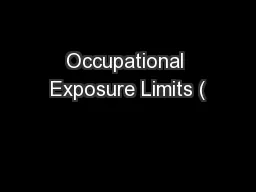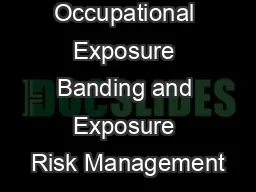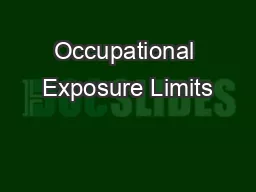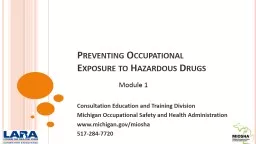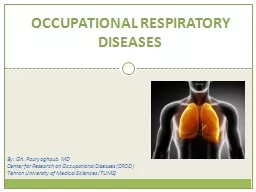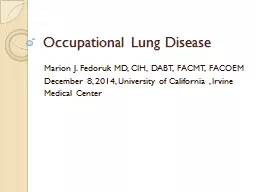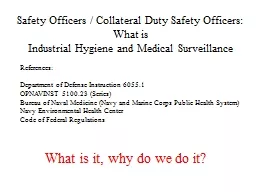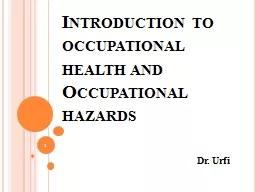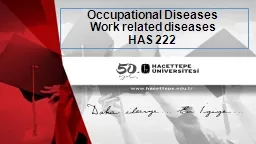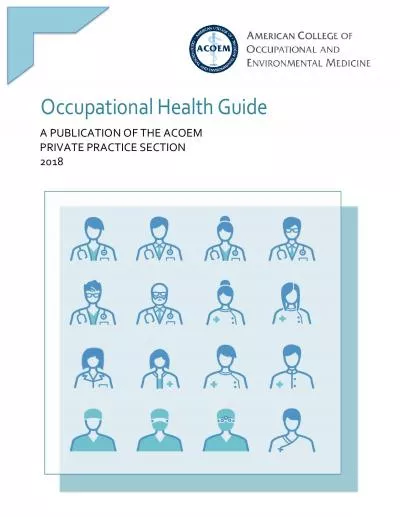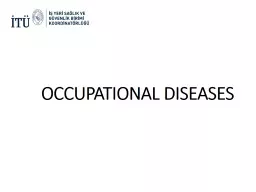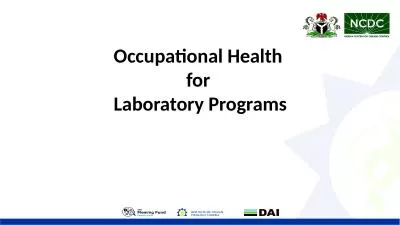PPT-Occupational Exposure Limits (
Author : min-jolicoeur | Published Date : 2016-10-17
OELs and Bolus Exposures SRA ArlingtonV A Dec 9 2015 Michael Mike Jayjock PhD CIH http jayjockassociatescom httpjayjockassociatesblogspotcom Content
Presentation Embed Code
Download Presentation
Download Presentation The PPT/PDF document "Occupational Exposure Limits (" is the property of its rightful owner. Permission is granted to download and print the materials on this website for personal, non-commercial use only, and to display it on your personal computer provided you do not modify the materials and that you retain all copyright notices contained in the materials. By downloading content from our website, you accept the terms of this agreement.
Occupational Exposure Limits (: Transcript
Download Rules Of Document
"Occupational Exposure Limits ("The content belongs to its owner. You may download and print it for personal use, without modification, and keep all copyright notices. By downloading, you agree to these terms.
Related Documents

